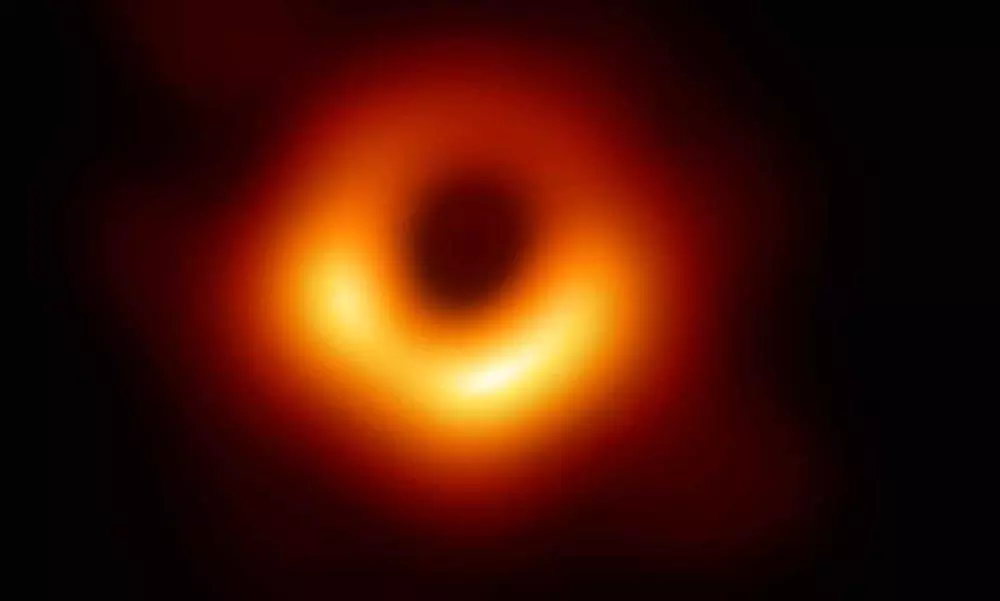
Astronomers find first direct evidence of a spinning black hole
text_fieldsShanghai: Astronomers have made a groundbreaking discovery and revealed the first direct evidence of a black hole in a state of rotation.
This observation offers profound insights into these mysterious cosmic entities, focusing on the supermassive black hole at the heart of the neighboring Messier 87 (M87) galaxy.
Like other supermassive black holes, M87 features powerful jets that emanate from its poles, reaching speeds close to that of light as they extend into intergalactic space. The driving force behind these cosmic jets has long been believed to be the rotation of the black hole, yet until now, concrete evidence has remained elusive.
Dr. Ru-Sen Lu, the lead author from the Shanghai Astronomical Observatory, highlighted that while scientists were aware of the jets emanating from the vicinity of black holes, a complete understanding of the process eluded them. To gain this understanding, researchers needed to observe the origin of these jets as close as possible to the black hole itself.
M87, located 55 million light-years away from Earth, hosts a black hole that is a staggering 6.5 billion times more massive than the Sun. Surrounding the black hole lies an accretion disk comprised of swirling gas and dust on the brink of the cosmic abyss. Scientists predict that some of this material will plunge into the black hole, disappearing forever. However, a small portion of it will be expelled from the black hole's poles at speeds exceeding 99.99% of the speed of light, reported The Guardian.
The study, published in the journal Nature, harnessed observations of M87 spanning from 2000 to 2022, collected from a global network of radio telescopes.
These observations unveiled a recurring 11-year cycle in the behavior of the jet, which was observed to precess around a central point located at the edge of the black hole. This discovery indicates a misalignment between the spin axis of the black hole and the accretion disk, causing the jet to exhibit movement akin to that of a spinning top.
This significant breakthrough in the understanding of black holes follows the historic first-ever image of a black hole obtained in 2019 by the Event Horizon Telescope. The supermassive black hole, imaged in the center of the elliptical galaxy M87, is situated approximately 55 million light-years from our planet.
A black hole is described by NASA as a "dense, compact object whose gravitational pull is so strong (to a certain distance) that nothing can escape, not even light." These enigmatic entities form when massive stars reach the end of their evolution and collapse, leading to an incredibly strong gravitational force due to the compression of mass into a minuscule space.

















